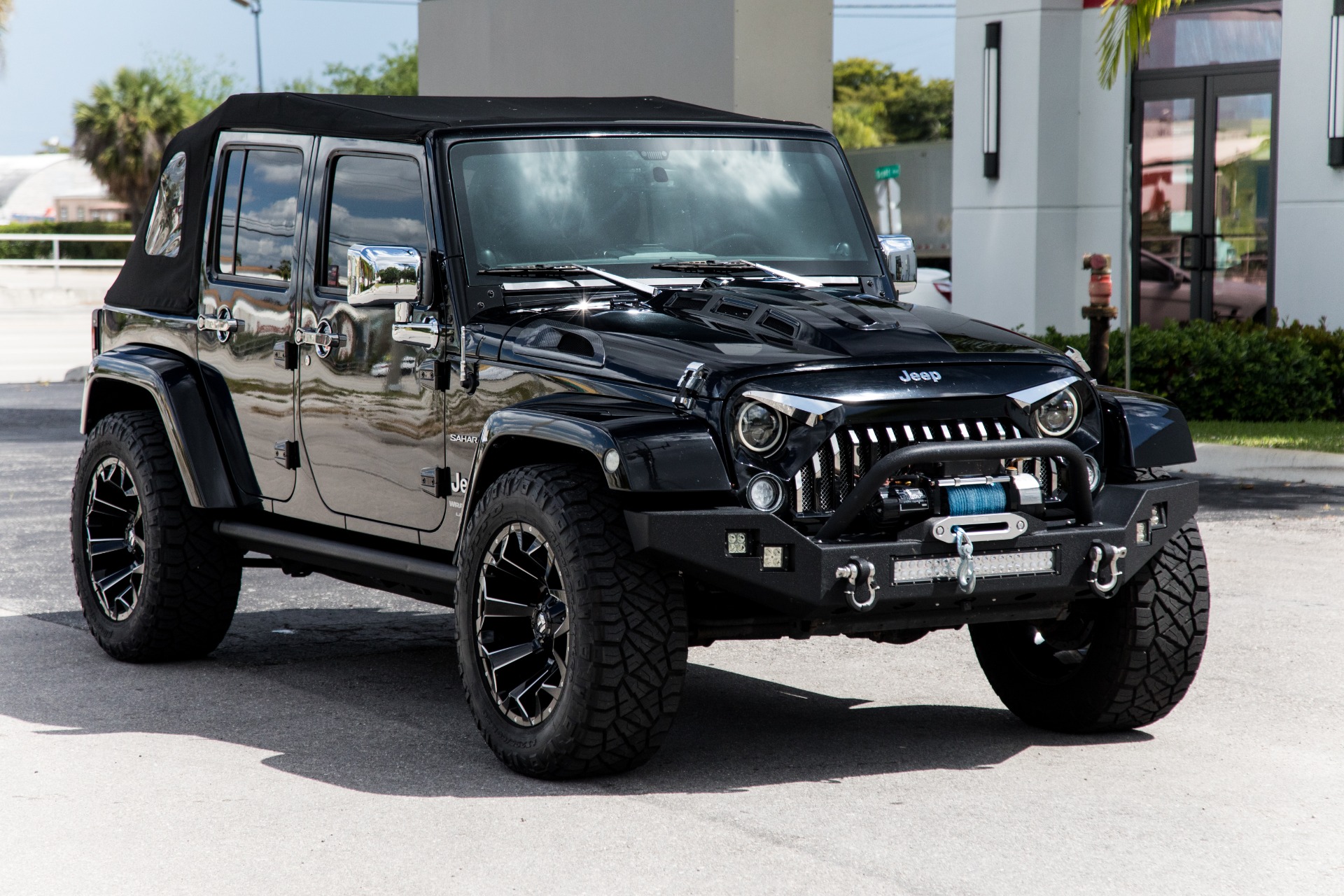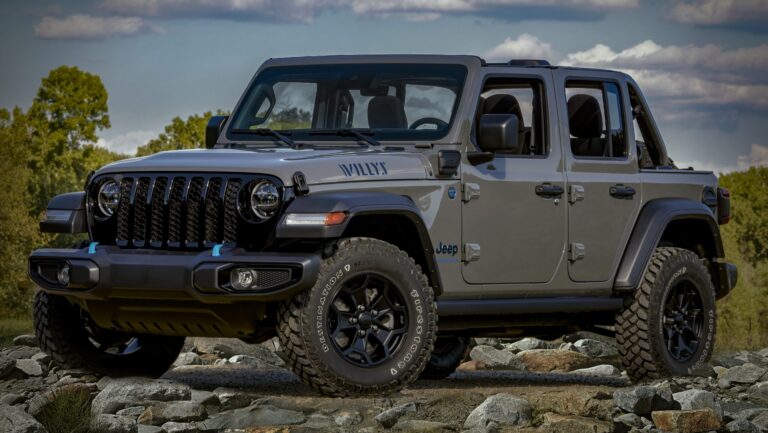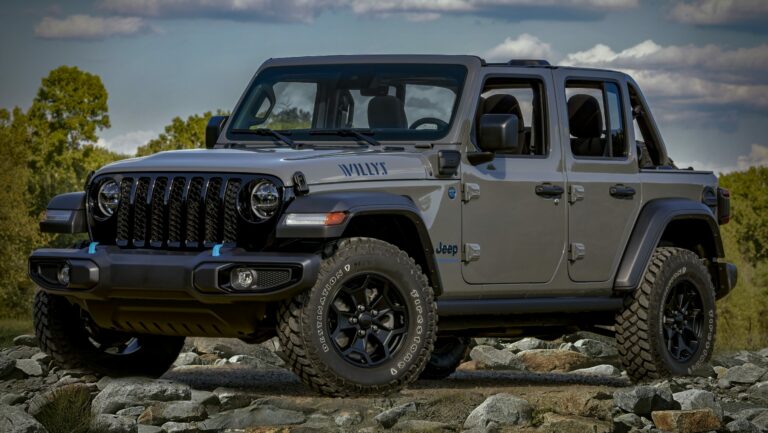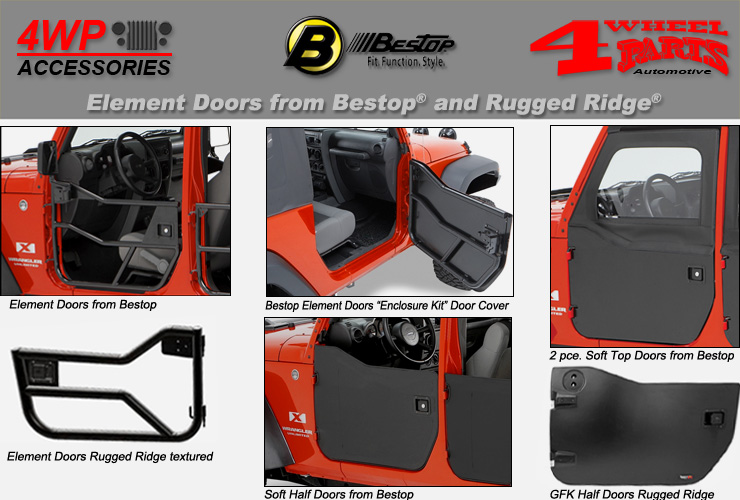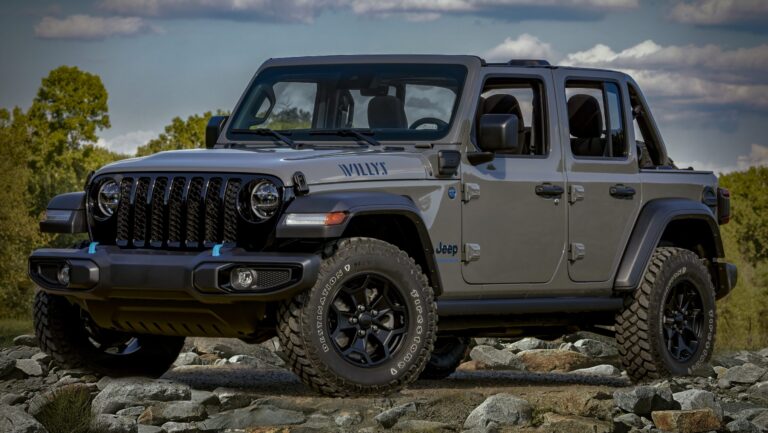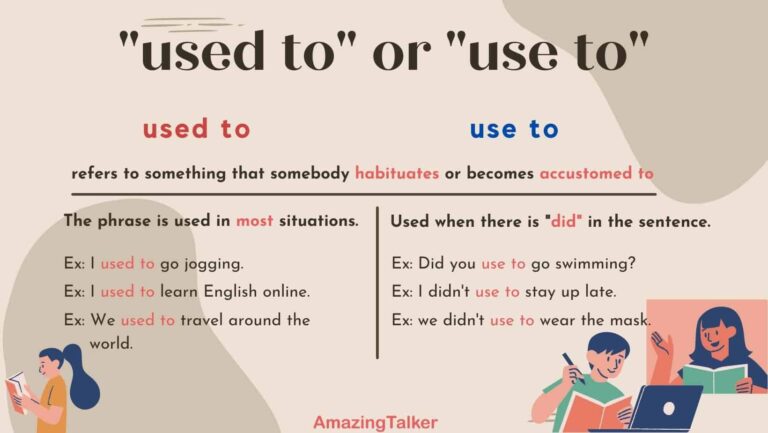Wrangler Jeep Grill: The Iconic Face of Adventure
Wrangler Jeep Grill: The Iconic Face of Adventure jeeps.truckstrend.com
The Jeep Wrangler. Just uttering the name conjures images of rugged trails, open-air freedom, and a legacy forged in utility and adventure. At the heart of this enduring iconography lies one of its most distinctive features: the Wrangler Jeep Grill. More than just a simple component, the grill is the unmistakable face of the Wrangler, a symbol recognized globally, and a canvas for personalization that speaks volumes about its owner. It’s a design element steeped in history, engineered for performance, and endlessly adaptable to the spirit of the trail.
This comprehensive guide will delve deep into the world of the Wrangler Jeep Grill, exploring its historical significance, functional aspects, the vast universe of aftermarket options, installation insights, and crucial considerations for every Jeep enthusiast. Whether you’re a purist, a customizer, or simply curious, understanding the Wrangler grill is key to appreciating the legend.
Wrangler Jeep Grill: The Iconic Face of Adventure
The Anatomy of an Icon: Understanding the Wrangler Jeep Grill
The seven-slot grill is synonymous with Jeep, and particularly with the Wrangler. This design didn’t just appear by chance; it evolved from the earliest military Jeeps, where the slots were practical necessities for engine cooling. Over decades, it was refined and patented, becoming a hallmark of the brand.
- The Seven-Slot Legacy: Why seven? While exact historical accounts vary, the most accepted theory points to the original World War II Willys MB and Ford GPW Jeeps. Early designs featured vertical bars for radiator protection and airflow. The number seven eventually became standardized and patented by Jeep, solidifying its unique identity. It’s a tribute to a lineage of resilience and purpose-built design.
- Form Meets Function: Beyond its aesthetic appeal, the grill serves critical functional roles. Its primary purpose is to allow maximum airflow to the radiator, preventing the engine from overheating, especially during demanding off-road excursions or towing. The slots also offer a degree of protection to the radiator and other front-end components from debris encountered on and off the road.
- Materials and Construction: Stock Wrangler grills are typically molded from durable ABS plastic. This material is lightweight, resistant to minor impacts, and can be easily painted or molded into various shapes. Aftermarket options, however, expand to include robust steel, lightweight aluminum, and other composites, each offering different levels of durability, weight, and aesthetic finishes like powder coating or chrome.
- The Defining Feature: For many, the grill is the Jeep. Its distinctive vertical slots and integrated headlight bezels provide instant recognition, distinguishing a Wrangler from any other vehicle on the road. It’s a powerful piece of automotive branding that evokes a sense of adventure and rugged capability.
![]()
Beyond Stock: Exploring Aftermarket Wrangler Grills
While the OEM grill is iconic, the vibrant Jeep aftermarket offers an unparalleled array of customization options. Owners often seek to personalize their Wranglers, and the grill is one of the most impactful places to start.
Why Customize Your Grill?
- Aesthetic Personalization: The most common reason. An aftermarket grill can drastically change the front-end appearance of your Wrangler, making it unique and reflecting your personal style.
- Enhanced Protection: Some heavy-duty steel grills offer superior protection against impacts, ideal for serious off-roading.
- Improved Airflow (in some cases): Certain mesh or open-design grills can potentially offer slightly better airflow, though this is usually a minor factor compared to stock.
- Integrated Features: Many aftermarket grills come with built-in LED light bars, turn signals, or provisions for winches, adding functionality.

Types of Aftermarket Wrangler Grills

The market is flooded with options, categorized primarily by their style, material, and integrated features:
- Classic/OEM Style Grills: These maintain the traditional seven-slot look but might offer variations in finish (matte black, gloss, color-matched), minor tweaks to slot design, or enhanced durability. They appeal to those who love the classic look but want a fresh or more robust version.
- "Angry Eye" / Aggressive Grills: Immensely popular, these grills feature a modified headlight bezel that gives the Wrangler a squinted, more aggressive "angry" look. They significantly alter the vehicle’s personality, often complementing other aggressive modifications like lifted suspensions and large tires.
- Mesh Grills: Replacing the traditional slots with a mesh pattern (often stainless steel or aluminum), these grills offer a different texture and sometimes improved airflow. They can range from fine mesh to more open, rugged patterns, often seen on performance-oriented builds.
- LED Grills: These integrate LED light bars or individual LED lights directly into the grill structure. They enhance visibility, add a modern aesthetic, and can be practical for off-road lighting.
- Winch Grills / Stinger Grills: Designed to accommodate front-mounted winches or feature integrated stinger bars (a type of bumper extension for protection), these grills are built for serious off-roaders who prioritize recovery capabilities and extreme front-end protection.
- Material-Specific Grills:
- ABS Plastic: Similar to OEM, lightweight, cost-effective, and easy to paint.
- Steel: Heavy-duty, offers superior protection, often powder-coated for durability and rust resistance.
- Aluminum: Lighter than steel, corrosion-resistant, often used for mesh designs or custom fabrications.
Important Considerations When Choosing
- Wrangler Model Year: Grills are model-specific (e.g., JK, JL, TJ, YJ). Ensure compatibility with your Wrangler’s generation.
- Material and Durability: Consider your driving environment. If you frequently off-road, a steel grill might be preferable. For aesthetics, ABS or aluminum might suffice.
- Finish and Color: Match or contrast with your Jeep’s existing color scheme. Many come in matte black, ready for custom painting.
- Legality: If integrating lights, check local regulations regarding their use (e.g., fog lights vs. driving lights, brightness). Ensure headlight visibility is not obstructed.
- Airflow: While most aftermarket grills are designed not to impede airflow significantly, extreme designs might warrant a second look, especially in hot climates or for heavy towing.
- Installation Difficulty: Some grills are simple bolt-on replacements, while others might require minor modifications or wiring for integrated lights.
Installation Guide: Swapping Your Wrangler Grill
One of the great things about the Wrangler grill is that it’s designed to be relatively easy to remove and replace, making it a popular DIY modification.
Tools You’ll Likely Need:
- Panel clip removal tool (plastic trim tool)
- Ratchet and appropriate sockets (often 10mm or similar)
- Flathead screwdriver (for prying clips)
- Phillips head screwdriver
- Patience!
Step-by-Step Installation Process (General Guide – always consult product-specific instructions):
-
Preparation and Safety:
- Park your Wrangler on a level surface.
- Turn off the engine and engage the parking brake.
- For safety, you might disconnect the negative battery terminal if working with integrated lights.
-
Locate and Remove Top Clips:
- Open the hood.
- Along the top edge of the grill, you’ll see a series of plastic retaining clips.
- Using your panel clip removal tool or a flathead screwdriver, carefully pry up the center pin of each clip, then remove the entire clip. There are typically 6-8 clips.
-
Disconnect Turn Signal Lights (if applicable):
- Once the top clips are out, the grill will be loose enough to pull forward slightly.
- Reach behind the grill to access the wiring harnesses for the turn signal lights.
- Twist the bulb sockets counter-clockwise to remove them from the grill housing. You may need to press a tab to release the wiring harness connector.
-
Release Bottom Retaining Clips:
- With the top clips and lights disconnected, gently pull the bottom of the grill forward.
- The bottom of the grill is secured by a series of friction clips (often 6-7 clips) that simply pop out of their receivers on the Jeep’s frame. Pull firmly but carefully to avoid breaking them.
-
Remove the Old Grill:
- Once all clips are disengaged and lights are disconnected, the grill should come free. Set it aside carefully.
-
Install the New Grill:
- Transfer Components: If your new grill doesn’t come with them, you may need to transfer any rubber seals, plastic retainers, or headlight bezels from your old grill to the new one.
- Align and Engage Bottom Clips: Carefully align the new grill with the mounting points at the bottom of the Jeep’s frame. Push firmly until the bottom clips snap into place. You should hear distinct clicks.
- Reconnect Turn Signal Lights: Reinsert the turn signal bulb sockets into their housings on the new grill and twist clockwise to secure them. If your new grill has integrated LEDs, connect their wiring harnesses according to the manufacturer’s instructions (this might involve splicing or connecting to existing light circuits).
- Secure Top Clips: Align the top of the grill with the mounting holes under the hood. Insert the plastic retaining clips, pushing the center pin down to lock them in place.
-
Final Checks:
- Close the hood.
- Test all lights (headlights, turn signals) to ensure they function correctly.
- Give the grill a gentle tug to ensure it’s securely seated.
Tips for a Smooth Installation:
- Read Instructions First: Always prioritize the specific instructions provided with your new grill, as designs can vary.
- Take Your Time: Don’t rush. Patience prevents accidental damage to clips or paint.
- Have a Helper: An extra set of hands can be invaluable for holding the grill or reattaching wiring.
- Lubricate Clips (Optional): A little silicone spray on the bottom friction clips can make them easier to pop in and out.
Maintenance and Care for Your Wrangler Grill
Maintaining your Wrangler’s grill, whether stock or aftermarket, is crucial for preserving its appearance and longevity.
- Regular Cleaning: Just like the rest of your vehicle, the grill accumulates dirt, bugs, and road grime. Use a mild automotive soap and water. For stubborn grime, a detailing brush or soft-bristle brush can help reach into the slots. Rinse thoroughly.
- Bug and Tar Removal: For dried bugs, use a dedicated bug and tar remover. Spray, let it dwell, and then gently wipe away.
- Protecting the Finish:
- Plastic Grills: Apply a UV protectant or trim dressing to prevent fading and cracking from sun exposure.
- Painted Grills: Treat them like your vehicle’s paint. Wash regularly, and consider applying wax or a ceramic coating for added protection and shine.
- Powder-Coated Steel Grills: While durable, they can still chip. Touch up any chips immediately with touch-up paint to prevent rust.
- Addressing Damage:
- Scratches/Scuffs: Minor scratches on plastic can sometimes be buffed out with plastic polish. Deeper ones might require painting.
- Cracks: Small cracks in plastic grills might be repaired with plastic welding kits, but severe damage usually necessitates replacement.
- Rust: For steel grills, immediately address any signs of rust by sanding, priming, and repainting the affected area.
Legal and Safety Considerations
Modifying your Wrangler’s grill can have implications beyond aesthetics. Always keep these points in mind:
- Headlight and Turn Signal Visibility: The most critical safety concern. Ensure your new grill does not obstruct the illumination or visibility of your headlights, fog lights, or turn signals. "Angry eye" grills, while popular, must be designed so they don’t illegally reduce the effective light output or beam pattern. Check local vehicle inspection laws.
- Airflow to Radiator: While most reputable aftermarket grills are engineered to maintain adequate airflow, extremely restrictive designs could potentially lead to engine overheating, especially in demanding conditions. Prioritize function over extreme aesthetics.
- Sharp Edges/Protrusions: Ensure the grill doesn’t have any excessively sharp edges or protrusions that could pose a safety hazard in a minor collision or to pedestrians. This is less common with grills but worth considering for highly customized front ends.
- State and Local Regulations: Some jurisdictions have specific laws regarding vehicle modifications, especially concerning lighting or front-end protrusions. It’s always wise to be aware of local regulations.
Wrangler Jeep Grill Price Guide
Prices for Wrangler Jeep Grills vary significantly based on material, style, brand, and the specific Wrangler model year. The table below provides a general price range for common types of aftermarket grills. These are estimates, and actual prices may fluctuate based on retailers, sales, and specific features.
| Grill Type/Style | Material (Common) | Compatible Wrangler Models | Price Range (USD) | Key Features / Notes |
|---|---|---|---|---|
| OEM Style / Basic | ABS Plastic | All Generations | $80 – $250 | Replicates factory look; often unpainted/matte black. |
| "Angry Eye" Style | ABS Plastic | JK, JL | $120 – $350 | Distinctive aggressive "squinted" headlight look. |
| Mesh Grill | ABS Plastic, Steel, Aluminum | All Generations | $100 – $400 | Replaces slots with mesh; various patterns & finishes. |
| LED Integrated Grill | ABS Plastic | JK, JL | $250 – $600+ | Built-in LED light bars or accent lights; requires wiring. |
| Heavy-Duty Steel Grill | Steel (Powder-Coated) | JK, JL | $300 – $700+ | Enhanced protection, often thicker gauge steel; more robust. |
| Custom/Specialty | Various | Varies | $400 – $1000+ | Unique designs, often with integrated winch mounts, stingers, or premium finishes. |
Note: Prices do not include potential shipping costs or professional installation fees.
Frequently Asked Questions (FAQ)
Q1: Why does the Wrangler grill have 7 slots?
A1: The seven-slot design originated from early military Jeeps (Willys MB, Ford GPW) during WWII, where the slots were practical for engine cooling and protection. Over time, this number became standardized and patented by Jeep as its distinctive brand identity.
Q2: Are aftermarket grills easy to install on a Wrangler?
A2: Yes, most aftermarket grills for Wranglers are designed for relatively easy, direct bolt-on installation. They typically require basic hand tools and can often be swapped out in under an hour by a DIY enthusiast. However, grills with integrated lighting may require additional wiring.
Q3: Do aftermarket grills affect engine cooling or airflow?
A3: Reputable aftermarket grills are designed to maintain adequate airflow to the radiator, so they generally do not negatively affect engine cooling. However, extremely restrictive or poorly designed grills could potentially impede airflow. Always choose products from trusted manufacturers and read reviews.
Q4: Can I paint my Wrangler’s grill?
A4: Absolutely! Many aftermarket grills come in matte black, specifically intended for custom painting. Even stock plastic grills can be prepped (sanded, primed) and painted to match your Jeep’s color or a contrasting shade.
Q5: Is it legal to have an "angry eye" grill?
A5: The legality of "angry eye" grills primarily depends on whether they obstruct or significantly diminish the visibility and effectiveness of your headlights or turn signals. If the design excessively covers the lights, it could be deemed illegal in some jurisdictions. Always ensure your lighting remains fully functional and compliant with local vehicle codes.
Q6: How do I know if a specific grill will fit my Jeep Wrangler?
A6: Grill fitment is model-year specific. For example, a grill designed for a Jeep Wrangler JK (2007-2018) will not fit a JL (2018-present) or a TJ (1997-2006). Always check the product description for compatibility with your exact Wrangler model and year before purchasing.
Conclusion
The Wrangler Jeep Grill is far more than a mere vehicle component; it is the embodiment of an iconic legacy, a functional necessity, and a prime opportunity for personal expression. From its humble beginnings as a utilitarian feature on WWII battlefields to its current status as a customizable statement piece, the grill has consistently defined the rugged spirit of the Jeep Wrangler.
Whether you choose to maintain the classic, timeless look or venture into the vast world of aftermarket customization, understanding the nuances of the Wrangler grill empowers you to make informed decisions that enhance both the aesthetics and functionality of your vehicle. It’s a testament to the enduring appeal of the Wrangler that such a seemingly simple part can hold so much history, character, and potential for adventure. Embrace the iconic face of your Wrangler, and let it lead you on countless unforgettable journeys.
